What is Uplizna (inebilizumab-cdon) for?
Uplizna (inebilizumab-cdon) is a CD19-directed monoclonal antibody (immunotherapy) indicated for the treatment of neuromyelitis optica spectrum disorder (NMOSD) in adults who are anti-aquaporin-4 (AQP4) antibody positive.[1]
It is available in single-dose vial form containing 100 mg/10 mL inebilizumab-cdon.[1]
How does Uplizna (inebilizumab-cdon) work?
NMOSD is a rare autoimmune disease of the central nervous system in which the body’s immune system mistakenly attacks healthy cells and proteins in the body. In most patients, antibodies against the body’s own aquaporin-4 (AQP4) are found. These antibodies bind to and damage cells of the optic nerve(s), spinal cord and brain.[2]
Uplizna (inebilizumab-cdon) is a monoclonal antibody, a type of protein, that can bind to and inhibit the CD19 antigen. CD19 is a type of protein that is present on the surface of white blood cells, named B cells, in the human body. Even though it is not yet understood how exactly, it is believed that B cells are important in the development of NMOSD.[3]
When inebilizumab-cdon enters the bloodstream, it will bind to CD19 on B cells. It then activates killing of cells with a CD19 antigen on their surface.[3]
Where has Uplizna (inebilizumab-cdon) been approved?
Uplizna (inebilizumab-cdon) was approved for the treatment of NMOSD patients who are anti-AQP4 antibody positive by:
- The Food and Drug Administration (FDA), USA, on June 11, 2020.[2]
Uplizna (inebilizumab-cdon) has been granted Breakthrough Therapy and Orphan Drug designations by the FDA.[2]
Please note that this medicine may have also been approved in other regions than the ones we’ve listed. If you have a question about its approval in a specific country feel free to contact our support team.
How is Uplizna (inebilizumab-cdon) taken?
The standard dosage is:[1]
- Initial dose: 300 mg intravenous infusion, followed 2 weeks later by a second 300 mg intravenous infusion.
- After this, starting 6 months from the first infusion: single 300 mg intravenous infusion every 6 months (two times per year).
Before starting with the first infusion of Uplizna (inebilizumab-cdon), the patient’s doctor will need to perform some health screenings, including for infections such as hepatitis B and tuberculosis.[1]
The treating doctor should be aware if the patient needs any immunizations. The patient will need to receive these at least a month before starting the first infusion.[1]
Before every infusion of Uplizna (inebilizumab-cdon), it should be checked whether the patient has an active infection. In case of active infection, infusion should be delayed until the infection is gone.[1]
Before every infusion of Uplizna (inebilizumab-cdon), premedications can be given to reduce the frequency and severity of infusion reactions.[1]
Complete information about Uplizna (inebilizumab-cdon) dosage and administration can be found in the official prescribing information listed in our references section.[1]
Note: Please consult with your treating doctor for personalised dosing.
Are there any known adverse reactions or side effects of Uplizna (inebilizumab-cdon)?
Common adverse reactions
The most common adverse reactions (≥10% of patients) listed in the prescribing information include:[1]
- Urinary tract infection
- Joint pain (arthralgia)
Serious adverse reactions
The serious adverse reactions listed in the prescribing information include:[1]
- Infusion reactions
- Hepatitis B virus (HBV) reactivation
- Progressive multifocal leukoencephalopathy (PML; a rare brain infection)
- Tuberculosis (TB)

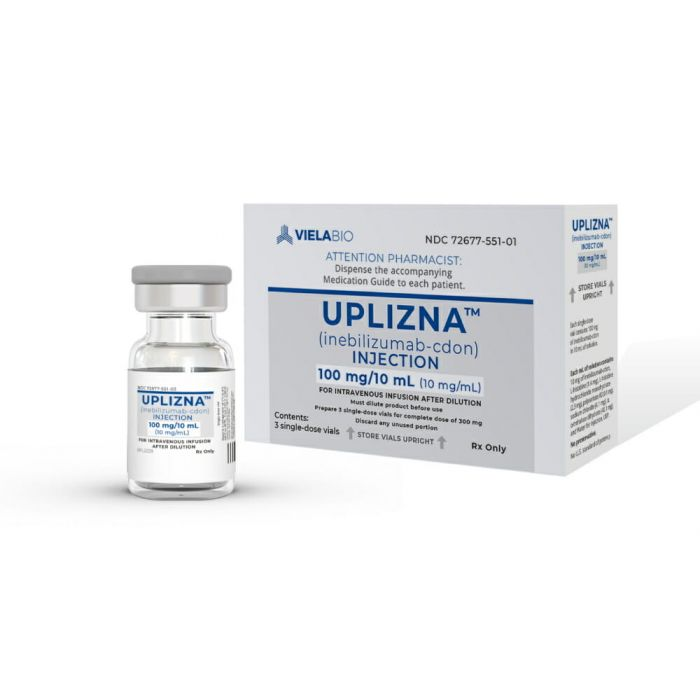
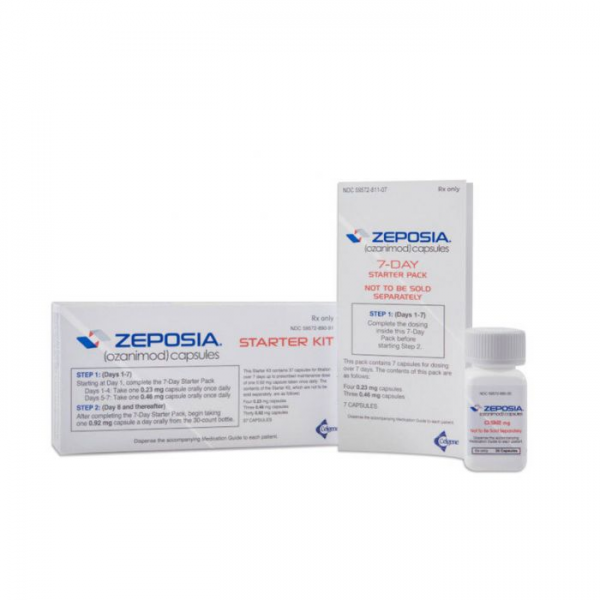
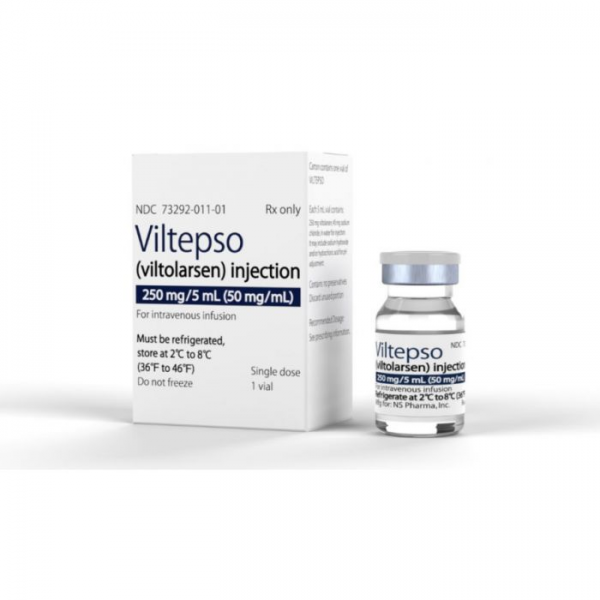
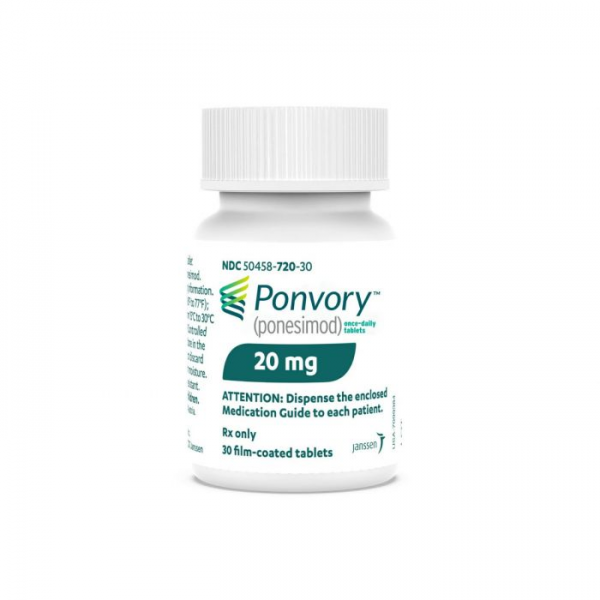
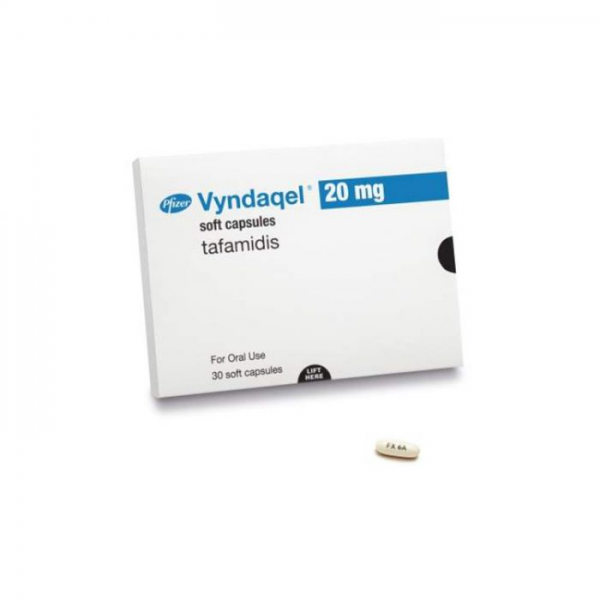



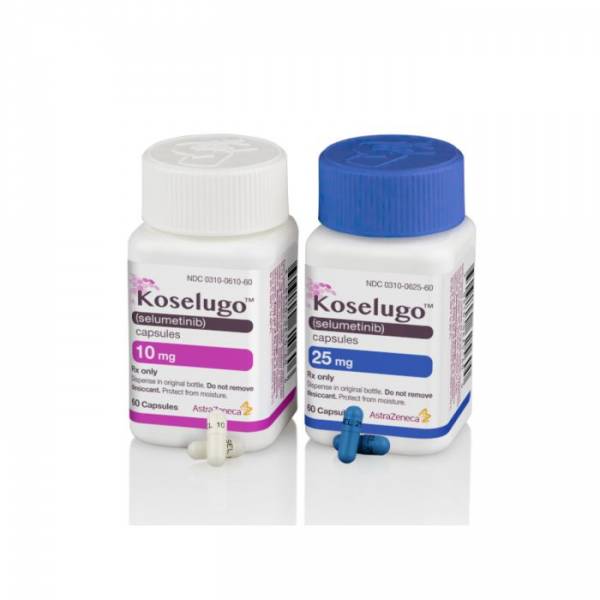
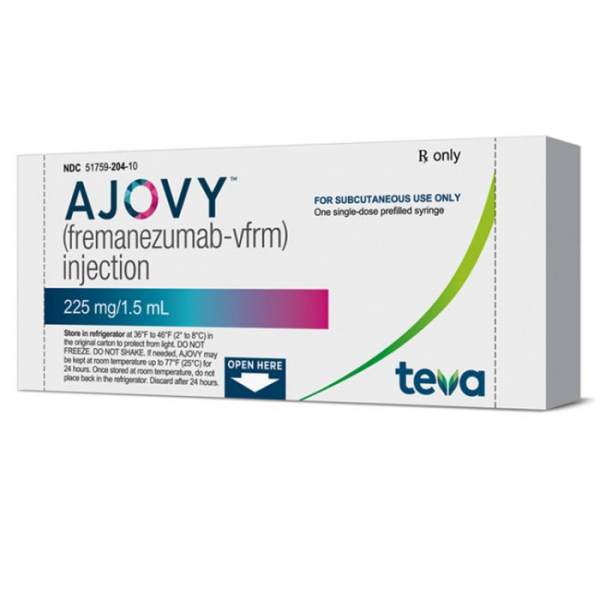
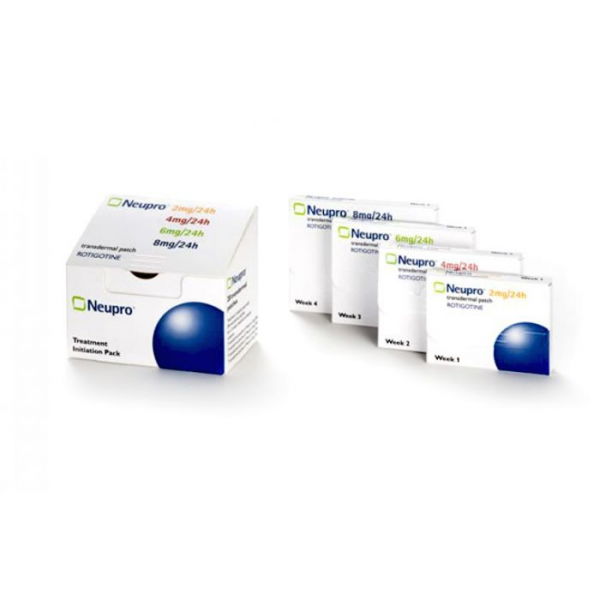
Reviews
There are no reviews yet.